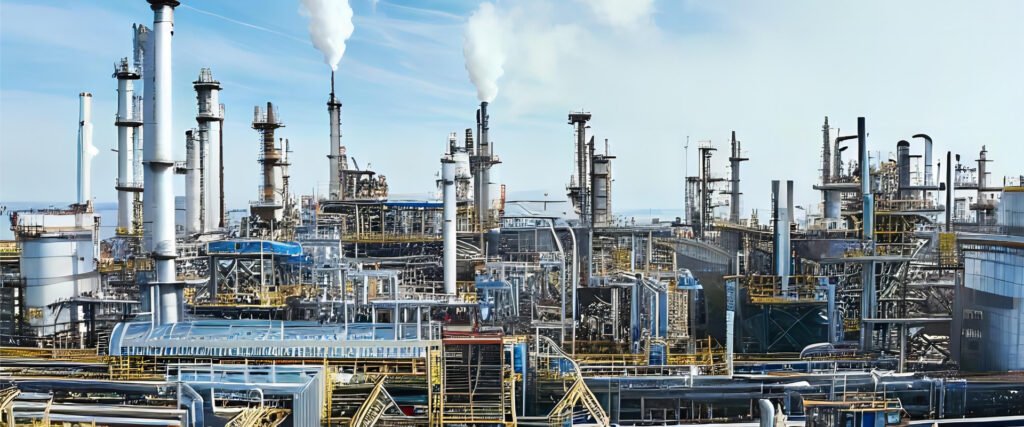Your cart is currently empty!
TEL:08615998857658

PPD and dispersant additive
PPD and dispersant additive are both related to the modification of properties in fluids, particularly in petroleum-based products like oils and fuels.
Description
PPD stands for Pour Point Depressant, while dispersant is an additive used in lubricating oils. Let’s explore each briefly:
1. **Pour Point Depressant (PPD)**:
– PPDs are additives that lower the pour point of lubricating oils, preventing them from solidifying or becoming too viscous at low temperatures.
– They achieve this by modifying the wax crystals in the oil, which helps maintain proper fluidity and flow properties even in cold conditions.
– By lowering the pour point, PPDs ensure that lubricants can effectively flow and lubricate critical engine components, particularly during cold starts.
– PPDs are crucial additives, especially in regions with colder climates, where maintaining fluidity in lubricating oils is essential for engine performance and longevity.
- Function: Lowers the oil’s pour point. The pour point is the temperature at which the oil becomes too thick to flow freely. PPDs help the oil maintain its fluidity at lower temperatures, allowing for easier engine starts in cold weather and ensuring proper lubrication during cold crank.
- Mechanism: PPDs typically work by adsorbing (attaching) to the wax molecules present in the oil, preventing them from forming crystals and thickening the oil at low temperatures.
- Applications: PPDs are used in various lubricants, including:
- Engine oils, particularly in regions experiencing cold winters.
- Hydraulic fluids used in cold weather applications.
- Gear oils operating at low temperatures.
2. **Dispersant Additive**:
– Dispersants are additives used in lubricating oils to prevent the agglomeration and deposition of contaminants such as soot, sludge, and varnish on engine surfaces.
– They work by dispersing these contaminants throughout the oil, preventing them from settling and forming deposits on critical engine components.
– Dispersants help maintain engine cleanliness, prevent the formation of harmful deposits, and ensure optimal engine performance and longevity.
– They are particularly important in modern engines with tighter tolerances and higher operating temperatures, where deposit formation can lead to increased wear and reduced efficiency.
- Function: Keeps contaminants like soot, dirt, and oxidation products suspended in the oil, preventing them from settling and forming deposits and sludge. This helps maintain engine cleanliness and potentially extend engine life by reducing wear and tear.
- Mechanism: Dispersant additives typically consist of polar and non-polar molecules. The polar group attracts and attaches (adsorbs) to the contaminant particles, while the non-polar group interacts with the oil, allowing the contaminant to remain dispersed throughout the oil.
- Types: Various types of dispersant additives exist, each with slightly different properties and functionalities:
- Succinimides: Most common type, offering good dispersing and detergent properties.
- Esters: Offer good thermal stability and oxidation resistance, suitable for high-temperature applications.
- Oxazolines: Known for good dispersing power and low volatility.
- Applications: Dispersant additives are widely used in various lubricants, including:
- Engine oils, particularly modern gasoline and diesel engines where soot generation is a concern.
- Synthetic and semi-synthetic engine oils, which often rely more heavily on dispersants due to their lower inherent dispersing abilities compared to mineral oils.
Key Differences:
| Feature | PPD | Dispersant Additive |
|---|---|---|
| Function | Lowers pour point | Keeps contaminants dispersed |
| Mechanism | Adsorbs to wax molecules | Adsorbs to contaminants and interacts with oil |
| Applicability | Improves cold-weather performance | Maintains engine cleanliness and reduces wear |
| Used in: Engine oils, hydraulic fluids, gear oils | Engine oils, particularly synthetic and semi-synthetic |
In summary, PPDs are additives that lower the pour point of lubricating oils to maintain fluidity at low temperatures, while dispersants are additives that prevent the formation of deposits by dispersing contaminants throughout the oil. Both additives play essential roles in ensuring proper lubrication, engine cleanliness, and performance.
Combined Use:
PPD and dispersant additives can be combined in a single lubricant formulation to address both cold-weather performance and engine cleanliness concerns. However, it’s crucial to use compatible additives and follow the recommended dosage to avoid potential negative interactions or over-additive issues.
Overall, PPD and dispersant additives play distinct but crucial roles in enhancing the performance and functionality of lubricants by addressing specific challenges and contributing to engine protection and longevity.





Reviews
There are no reviews yet.